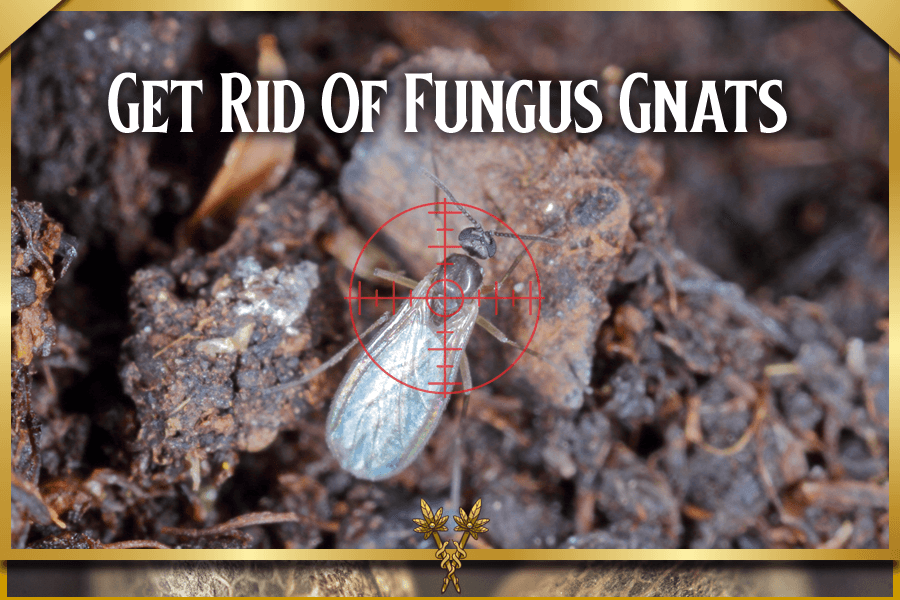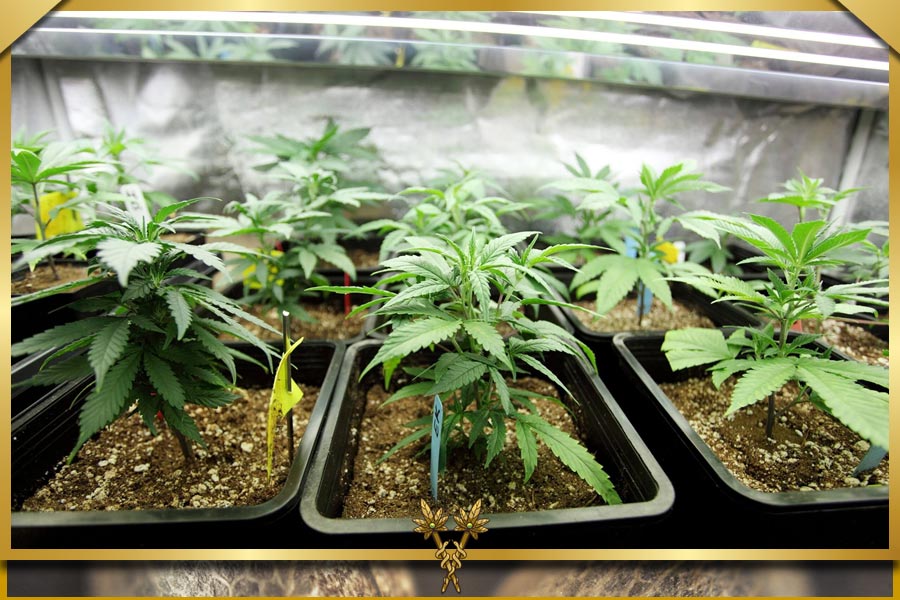Firstly, the growth of your cannabis plant depends on nitrogen (N). Any nitrogen shortage in weed plants can seriously impede their growth. You won’t lose your crop if you find the issue early and fix it.
Let’s examine the significance of the nutrient and how too much or too little nitrogen can negatively impact the growth of cannabis plants. You’ll learn how to recognise the warning signs your plant sends you and what to do about them before severe damage happens.
What effects does nitrate have on plants?
Understanding nitrogen’s effects on cannabis plants are essential, especially during the vegetative stage when there wouldn’t be any growth.
Cannabis plants require nitrogen for:
- photosynthesis
- transporting amino acids
- boosting the plant’s immunity
Cannabis growers need to be aware of two main issues: nitrogen excess and deficiency in their plants. Nitrogen is necessary for your marijuana plant to grow, but it must be given correctly because too much or too little can lead to problems.
Let’s examine both potentially harmful problems in more detail and potential solutions.
What is a nitrogen deficiency?
Your weed plant has a nitrogen deficiency if it isn’t getting enough nitrogen to thrive. The earlier foliage wilts and turns yellow as a result of this. Furthermore, your plant will use the nutrients from the older leaves to feed the newer ones when there isn’t enough nitrogen for fresh leaves.
The yellowing and wilting of your cannabis plant’s leaves must begin at the lower part of the plant and move upward to identify nitrogen deficiency. If you see this symptom, you must take action immediately to stop the issue from worsening.
Your plant cannot create new cells or energy for growth without nitrogen.
What causes weed plants to lack nitrogen?
To intervene before things get out of hand, cultivators need to be aware of the most typical reasons why their weed plants lack nitrogen:
For example:
Type of soil
Some soil types, like sandy soils, have a poor capacity to retain nutrients and are vulnerable to nitrogen leaching. The soil’s lack of moisture can also impact the ability of the roots to absorb nutrients.
Overwatering
Overwatering cannabis can cause nitrogen deficiency and if you grow outdoors, it can also result from heavy rains in addition to overwatering your plant.
Poor soil aeration
The right amount of air provides the bacteria that give your weed plant its organic nitrogen with enough oxygen (O2). The bacteria will use nitrate or nitrogen dioxide (NO2) if the soil isn’t adequately air-conditioned (NO3).
Soil pH
Your weed plant’s lack of nitrogen may also be caused by unfavourable soil acidity. For example, your soil’s pH shouldn’t be excessively high or low. In fact, the ideal soil pH range for cannabis plants is between 6.0 and 7.0.
The temperature of the soil
Your soil’s temperature impacts how much nutrition your crop receives. It releases a lot of plant-digestible nitrogen at the ideal temperature of 21–26°C. The risk of nitrogen deficiency in marijuana increases as the temperature drops.
High mineral levels
In addition to causing nitrogen deficiency in cannabis plants, excess zinc (Zn), magnesium (Mn), potassium (K), and chlorides can also do so.
Diseases and infestations
Weeds can rob your crop of nitrogen if you have them, therefore pests and diseases can harm your plant’s roots and cause it to consume fewer nutrients.
Absence of organic material
Because organic matter is a natural source of nitrogen, your plant will receive insufficient nutrients if your soil is deficient in it.
Symptoms of a nitrogen deficiency in cannabis
Evidently, the issue exists in two stages. You must be aware of the symptoms at each step to assess the situation’s severity.
Early signs of weed nitrogen deficiency
Identifying a marijuana nitrogen deficiency issue early is essential to preventing severe damage to your cannabis crop. If you don’t take immediate corrective action, you risk losing a valuable plant.
Here are some typical early signs to watch out for:
- Yellowing of older leaves at the base of the plant
- purple or red stems
- Browning of the foliage
- Leaf wilting and drooping
- The vegetative phase’s stunted growth rate
Late nitrogen deficiency in weed symptoms
The likelihood of plant damage or death increases if the issue is not discovered.
For instance, It’s crucial to recognise these severe and late warning signs:
- The mature pale green leaves turn yellow and white.
- Newer leaves and stems take on a reddish or purplish hue. On the stems, vertical purple stripes can be seen.
- Your plant moves quickly through the vegetation stage and into forced flowering.
- Chlorosis progresses to the top level of your plant.
- The leaves wilt and fall off.
- You get lower yields.
- Premature wilting and death of plants
How can weed plants be treated for nitrogen toxicity?
How can weed plants be treated for nitrogen toxicity
Here’s how to handle a situation involving cannabis nitrogen toxicity:
Reduce your losses
Remove damaged leaves or buds to prevent the issue from spreading to the plant’s healthy areas.
Flush excess nutrients out
Test the soil before watering your plant with pH-balanced water. Continue until the range of healthy soil nutrients is reached. Hydroponic weed plants are grown using the same technique.
Modify the fertiliser dosage
Additionally, you can lessen nitrogen toxicity in your cannabis plants by lowering the dose that fertiliser manufacturers recommend. Growers with experience advise beginning with half the dosage and gradually increasing it.
Too much nitrogen added during the flowering
If you notice the leaves of your cannabis plant turning yellow near the end of the flowering cycle, there’s nothing to worry about. Lack of nitrogen during flowering is typical because your plant needs less nitrogen during budding.
You’ll notice the following if you have too much nitrogen during flowering:
- The claw is leaf tips that curl downwards.
- Dark green vegetation
- Weak stems and stalks
- Your plant’s immune system will eventually deteriorate, leaving it susceptible to pest infestations.
Fixing weed’s lack of nitrogen is simple
To summarise, it can be challenging to ensure that your cannabis plant has the ideal nitrogen level for healthy growth because various factors can lead to marijuana nitrogen deficiency issues.
Now that you know the signs of the potentially harmful problem, monitor your crop carefully to take the recommended corrective action.
Lastly, cannabis nitrogen deficiency is simple to correct with early detection of the symptoms. Our website offers additional advice on growing premium seeds to grow your crop.


